Donga Stationery (동아완구)
2.3Km 2024-09-11
5 Jong-ro 52-gil, Jongno-gu, Seoul
Donga Stationery is a stationery store located along Changsin-dong Stationery Street. The stop offers a full range of stationery and character goods and is popular among children and adults alike. The shop is located right by Dongdaemun Station (Seoul Subway Line 1), Exit 4, making it easily accessible.
Waterworks Museum (수도박물관)
2.3Km 2025-01-17
27, Wangsimni-ro, Seongdong-gu, Seoul
+82-2-3146-5936
The Ttukseom Water Purification Plant (Waterworks Museum and Slow Sand Filtration Basin) was completed in August 1908 as the first water purification plant ever built in Korea. In 2008, it celebrated 100 years of history with the opening of the Waterworks Museum, which showcases the history and value of Seoul's public waterworks. The museum was recognized for its modern architectural design and designated Tangible Cultural Asset of Seoul No.72.
Bubu Yoridan (부부요리단)
2.3Km 2024-02-15
1F, 25-1 Dokseodang-ro 40-gil, Seongdong-gu, Seoul
Bubu Yoridan is a Korean restaurant conveniently situated just 20 minutes away from the Itaewon Special Tourist Zone. Managed by a chef couple with a background in hotel dining, the restaurant specializes in an array of delectable seafood dishes. The standout menu item is the jin hwangje jjim (boiled pork slices and spicy braised seafood), a dish featuring Wando wild octopus, three abalones, and boiled black pork slices. Nearby attractions include Yongsan Park, the National Museum of Korea, the National Theater of Korea, and the Namsan Seoul Tower.
Hoopcity Dongdaemun [Tax Refund Shop] (HOOPCITY 동대문)
2.4Km 2024-04-18
1F, 324, Toegye-ro, Jung-gu, Seoul
-
Chickpeace Seongsu Branch (칙피스 성수점)
2.4Km 2024-01-05
9-16 Yeonmujang 5-gil, Seongdong-gu, Seoul
Chickpeace is located near Exit 4 of Seongsu Station on Seoul Metro Line 2. The restaurant also has a parking lot for customers with vehicles. Chickpeace is a Mediterranean and Middle Eastern salad restaurant that features hummus, falafel, shakshuka, and pita. This restaurant is located next to Shoe Theme Park in Seongsu-dong and is spacious and clean. There are a variety of Mediterranean and Middle Eastern menu items: vegan salad, avocado salad, grilled shrimp rice, salmon steak rice, vegan pita bowl set, chicken shakshuka, and more. Seoul Forest is nearby, so visitors can take a stroll after their meal. Moreover, there are many tourist attractions nearby that are worth a visit such as Seongsu-dong Cafe Street, Seongsu Handmade Shoes Street, Ttukseom Recreation Area, and more.
Seoul Yangnyeongsi Herb Medicine Museum (서울약령시 한의약박물관)
2.4Km 2023-04-06
26, Yangnyeongjungang-ro, Dongdaemun-gu, Seoul
+82-2-969-9241
Seoul Yangnyeongsi Herb Medicine Museum opened in September 2006 on the grounds of Bojewon, a medical institution for the poor that was in operation during the Joseon dynasty. The museum was established with the goal of preserving and developing Korea’s herb medicine culture. In October 2017, the museum moved to the second floor of the Seoul K-Medi Center. The center provides both information and hands-on programs.
Seoul K-Medi Center (서울한방진흥센터)
2.4Km 2025-10-23
26 Yangnyeongjungang-ro, Dongdaemun-gu, Seoul
Seoul Yangnyeongsi Market is an herbal medicine specialty market that distributes 70% of the herbal medicines traded in Korea and is a Korean medicine-themed town with over a thousand businesses related to oriental medicine, including oriental medicine clinics and herbal medicine stores. The Seoul K-Medi Center, located in this center of Korean herbal medicine culture, is an oriental medicine complex cultural facility that promotes the excellence and safety of traditional Korean medicine through various exhibitions, education, and experiences. The building is unique in that it harmonizes the simplicity of modern architecture with Korean elegance. Visitors can enjoy various experiences in many different facilities in the center, including the Herb Medicine Museum, where one can expand their understanding of Korean medicine by examining over 300 types of medicinal herbs and their effects; the Herb Medicine Experience Room, where visitors can experience herbal medicine natural face packs and herbal heat packs; and Yakseon Food Experience Center, where visitors can learn about healthy recipes using medicinal herbs and make healthy foods.
Choi Hyeok Korean Medicine Clinic (최혁한의원)
2.4Km 2025-10-23
(1st Floor), 52 Yangnyeongdong-gil, Dongdaemun-gu, Seoul
Choi Hyeok Korean Medicine Clinic is particularly popular among Japanese visitors. Words about our affordable prices, friendly services, and dedication of the chief and the staff have spread in Japan, which has attracted over 2,000 Japanese visitors to the clinic annually. We offer an extensive array of services, including skin care, wrinkle removal, bloodletting acupuncture, weight-loss herbal medicine (hanyak), lipolysis acupuncture, gongjindan, kyungokgo, and “Magic Powder.” We accept appointments for wrinkle therapy on Sundays. We deliver hanyak to patients’ hotels if they are not too far away. We also ship to patients’ homes in Japan. You are always welcome to contact us on Line or Instagram.
Hangang River (한강)
2.4Km 2024-10-29
257 Gangbyeonbuk-ro, Seongdong-gu, Seoul
+82-2-120
The Hangang River is a iconic river in Korea that crosses Seoul from north to south. Various parks and cultural facilities are located along the river, attracting numerous people to enjoy leisure and relaxation. Many people enjoy walking, biking, and jogging along the river. Water sports such as fishing, kayaking, and sailing are also popular, and the night view of the river from a cruise ship makes it even more beautiful. Events such as concerts, drone festivals, and fireworks displays are also a must-see.
Jangchung Gymnasium (장충체육관)
2.4Km 2024-03-12
241, Dongho-ro, Jung-gu, Seoul
+82-2-2128-2800
Jangchung Gymnasium is Korea's first domed gymnasium and opened in 1963. It was renovated in 2015 to become what it is today. It is famous for hosting the Korean Professional Volleyball League during the winter months. The gymnasium also boasts a variety of athletic competitions, cultural performances, and events. Nearby are Jangchungdan Park, Jangchung-dong Jokbal Street, and Dongdaemun Historical and Cultural Park, which are all worth exploring.
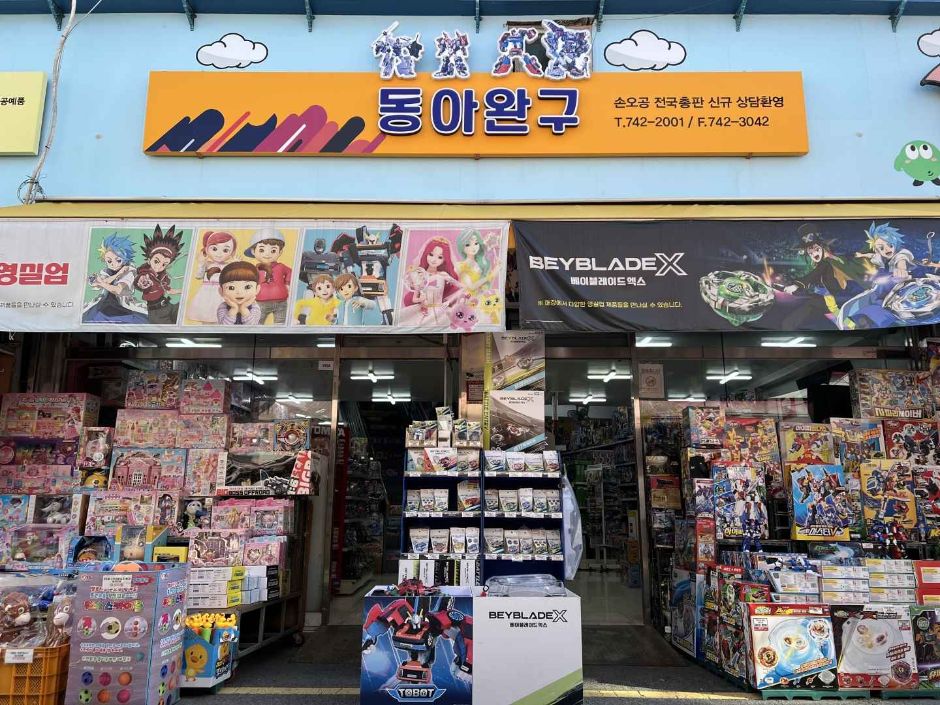
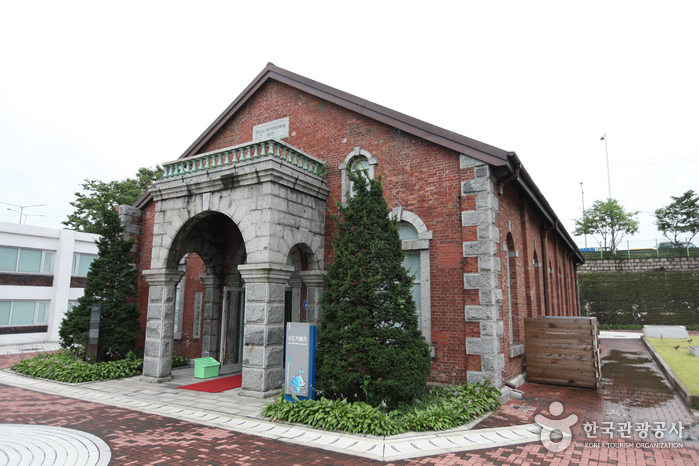

![Hoopcity Dongdaemun [Tax Refund Shop] (HOOPCITY 동대문)](http://tong.visitkorea.or.kr/cms/resource/51/2878751_image2_1.jpg)
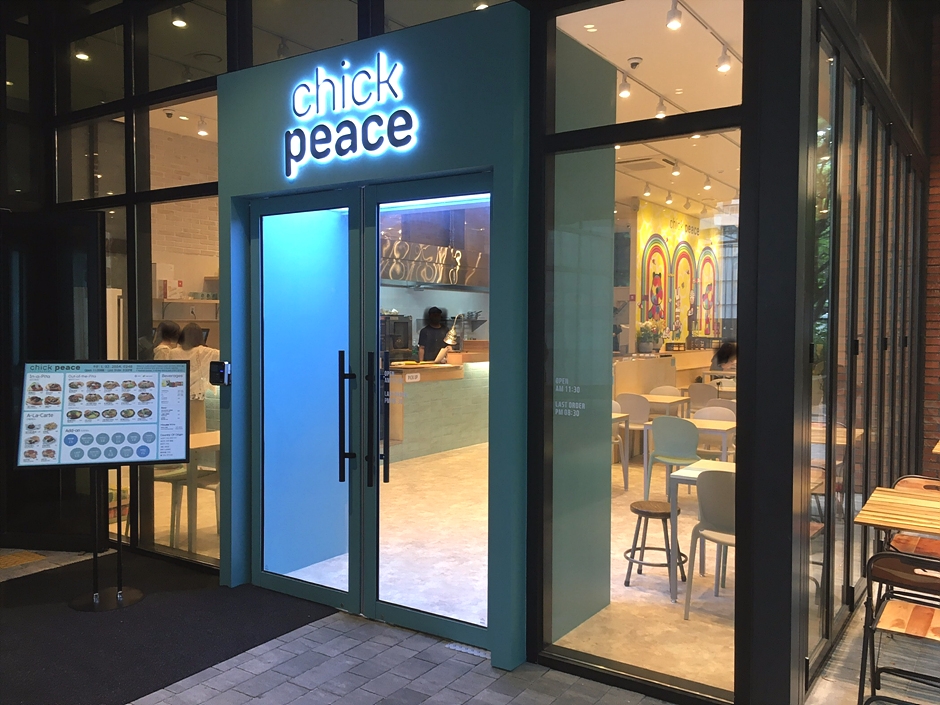
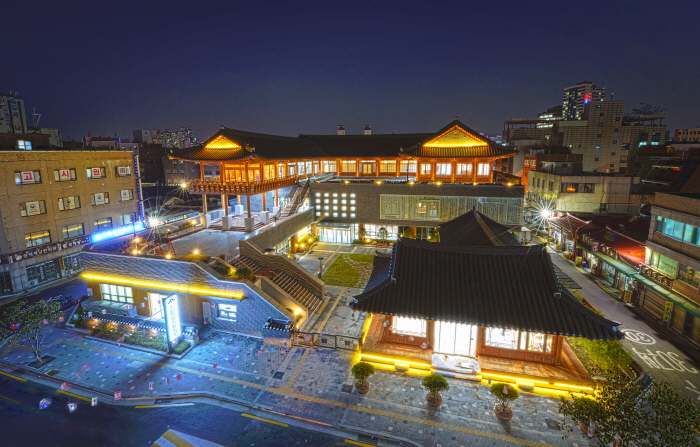
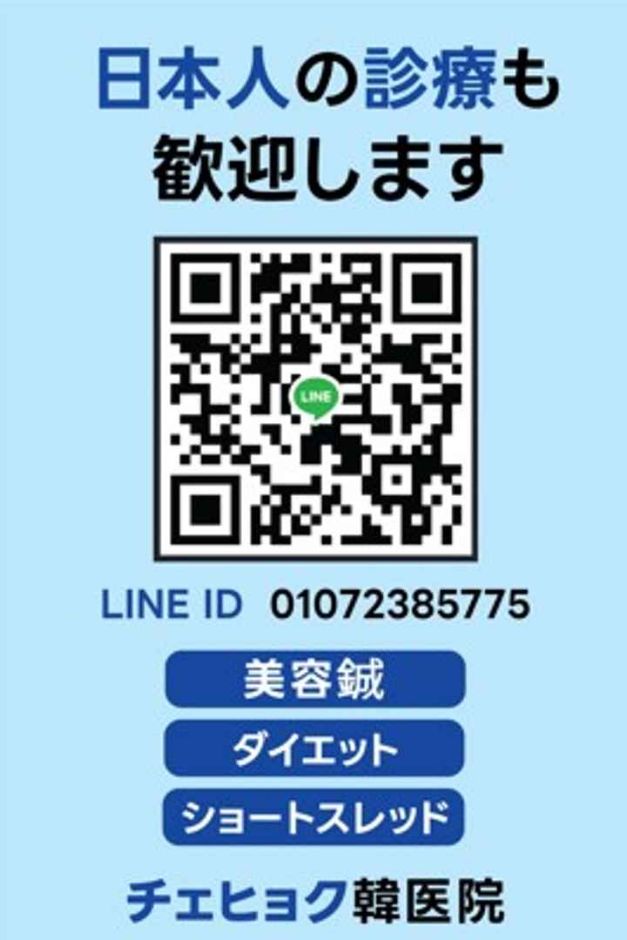
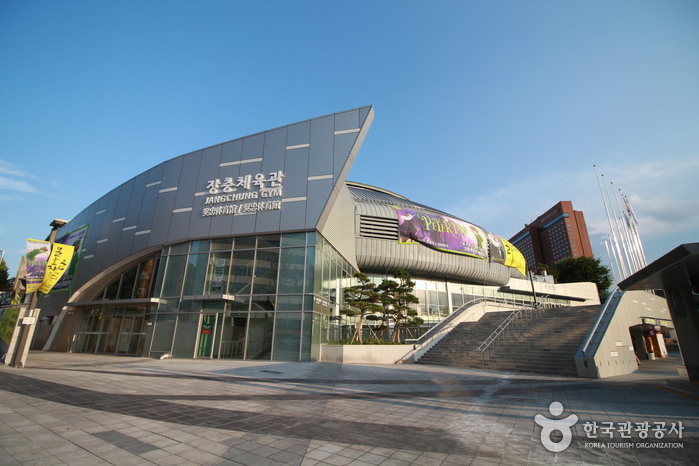
 English
English
 한국어
한국어 日本語
日本語 中文(简体)
中文(简体) Deutsch
Deutsch Français
Français Español
Español Русский
Русский